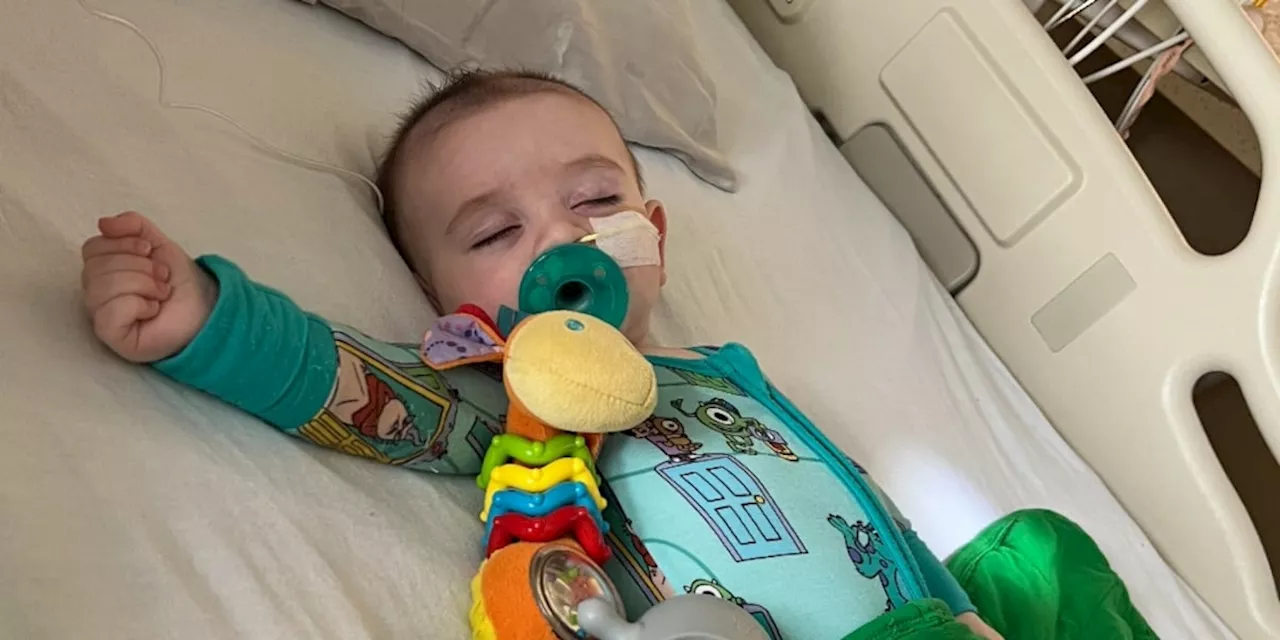Researchers at the University of California, Davis have identified a promising new treatment pathway for individuals with autism spectrum disorder (ASD) linked to the Shank3 gene. This discovery could enhance treatment options for a subset of patients who exhibit specific genetic variations associated with the condition.
ASD is a complex neurodevelopmental disorder marked by challenges in communication, behavior, and sensory processing. Increasing evidence suggests that genetic factors play a significant role in the manifestation of these traits. Previous studies have indicated that individuals diagnosed with ASD often show particular genetic variants or differences in gene regulation. The latest findings spotlight the Shank3 gene, which has been implicated in various forms of autism.
Understanding the Shank3 Connection
The Shank3 gene is crucial for synaptic function, which is essential for effective communication between neurons. Mutations in this gene can disrupt neural connections, leading to the symptoms associated with ASD. Researchers have long sought to understand how these mutations affect brain function and behavior.
In a study funded by the National Institutes of Health (NIH), scientists utilized advanced genetic editing techniques to explore how Shank3 mutations influence neuronal activity. Their findings revealed that restoring normal function to the Shank3 gene could potentially reverse some of the behavioral deficits observed in animal models of autism.
Dr. Robert R. C. W. Smith, the lead researcher, emphasized the significance of this discovery. “Our research indicates that targeting the Shank3 pathway could lead to novel therapeutic strategies that address the core symptoms of autism,” he stated during a recent conference. The implications of this research extend beyond academic interest, offering hope to families affected by autism.
Implications for Future Treatments
The potential for developing targeted therapies based on genetic findings represents a significant shift in how ASD might be treated in the future. Current treatment options primarily focus on behavioral interventions; however, this new approach could pave the way for pharmacological treatments tailored to individuals with Shank3-related autism.
As the research progresses, the team plans to collaborate further with clinical partners to assess the viability of potential drugs aimed at modulating Shank3 activity. If successful, this could lead to clinical trials within the next few years, marking a significant step forward in autism research and treatment.
This breakthrough highlights the growing importance of genetic research in understanding and treating complex disorders like autism. As scientists delve deeper into the genetic underpinnings of ASD, the hope is that more effective and personalized treatments will emerge, ultimately improving the quality of life for those on the spectrum.
With ongoing support from institutions like the NIH and advancements in genetic research, the future appears promising for developing innovative therapies that address the unique challenges faced by individuals with autism.







